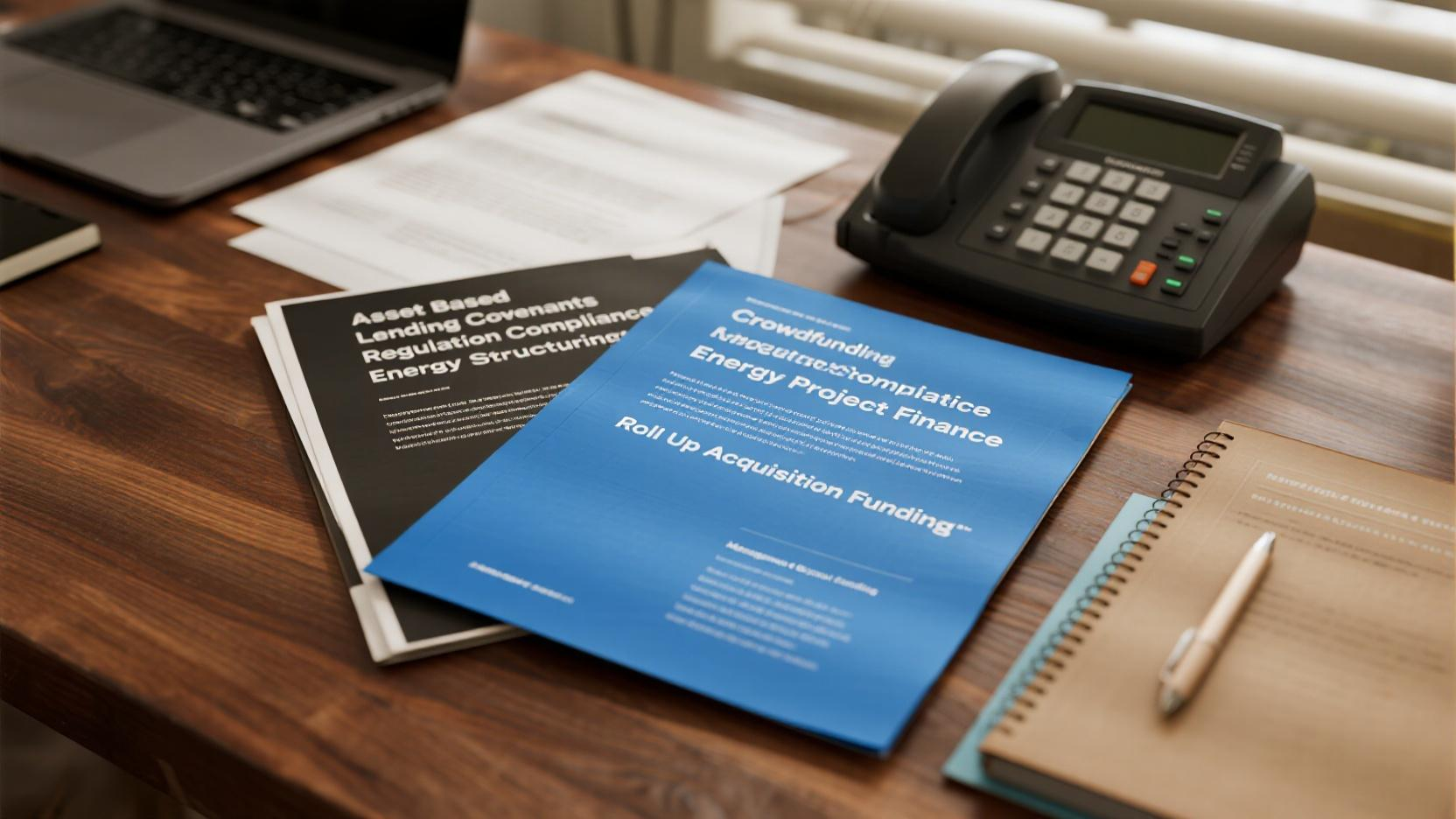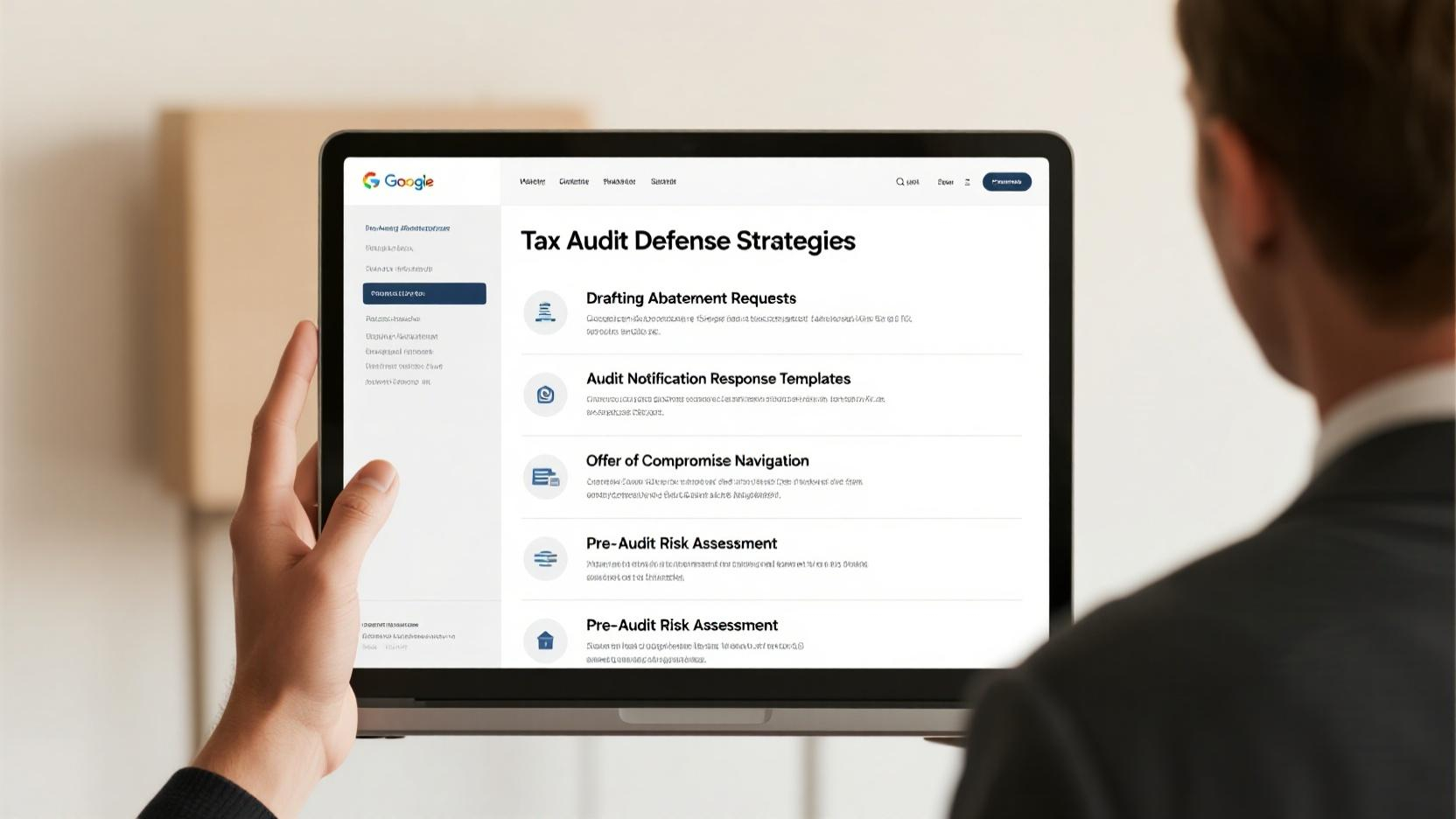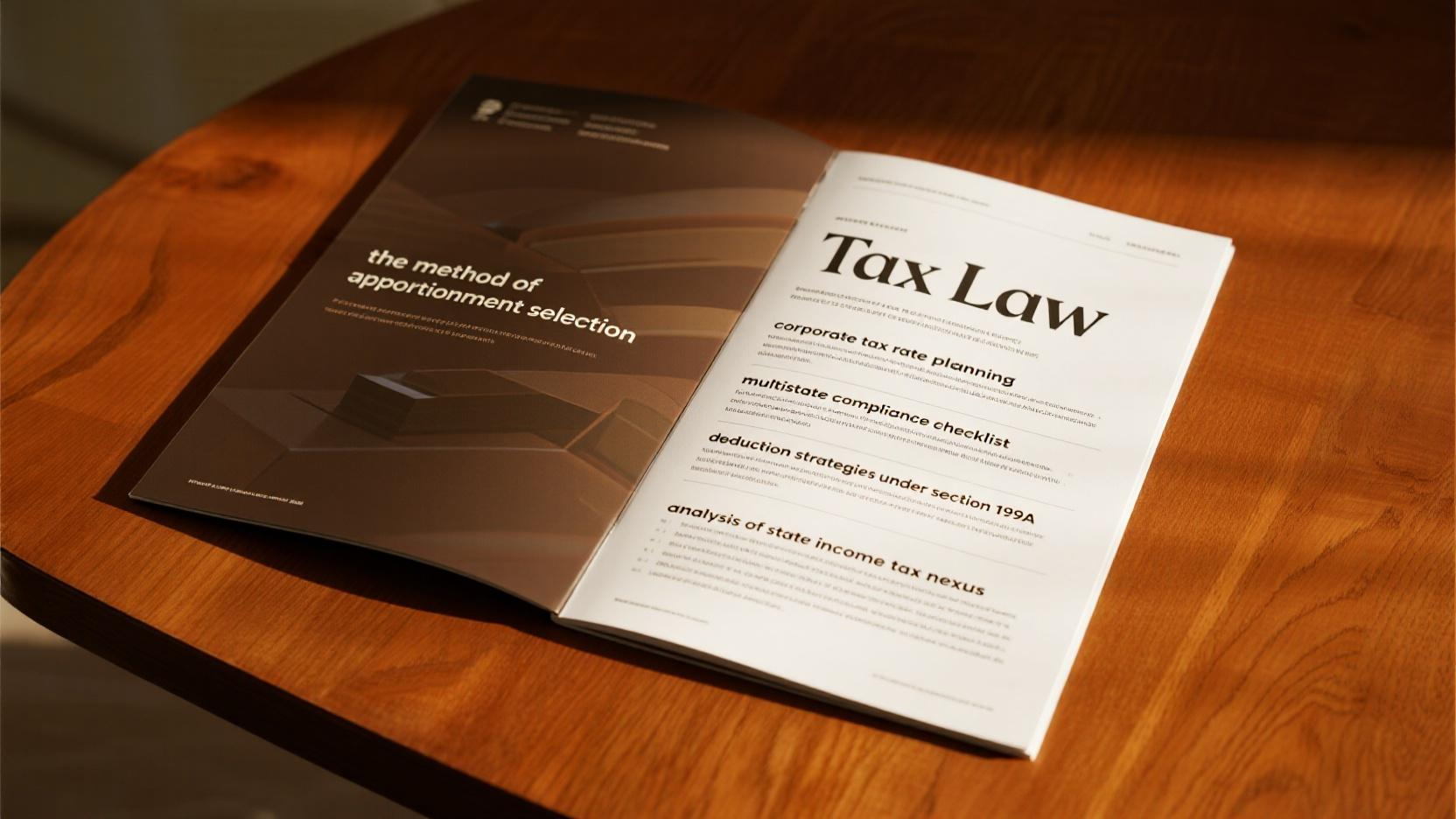Image Source: pexels
M&A deals require careful planning and teamwork, especially when it comes to coordinating legal and financial aspects in M&A financing. Aligning legal and financial strategies is essential for making complex deals work effectively. Companies that excel in teamwork often achieve greater success. For instance:
- 75% of skilled companies thrive during significant transitions.
- 78% allocate over 6% of deal funds to merging, ensuring smooth transitions.
Key Takeaways
- Successful M&A deals need teamwork between legal and money experts. Working together finds problems early and makes transitions easier.
- Picking the best way to pay is very important. Choices like stocks, loans, or future payments have pros and cons that affect the deal.
- Talking often and having clear jobs for everyone builds trust. Sharing updates helps the team make smarter choices.
Understanding M&A Financing
What is M&A Financing and Why It Matters
M&A financing means how companies pay for mergers or acquisitions. It is very important for making these deals successful. Companies often use different ways to get the money they need. These include:
- Equity Financing: Trading company shares for part ownership in another.
- Debt Financing: Borrowing money and paying it back later.
- Mezzanine Financing: A mix of borrowing and ownership when loans are limited.
- Leveraged Buyouts (LBOs): Using mostly borrowed money with some ownership funds.
Each way has good and bad sides. For example, equity financing avoids loans but reduces ownership. Debt financing keeps ownership but adds repayment duties. Picking the right mix helps deals go smoothly.
How Financial Structuring Works in M&A Deals
Financial structuring decides how deals are paid for and done. It affects how well the deal works out. Common ways include cash, stock, or earn-outs. The table below shows their pros and cons:
| Payment Type | Pros | Cons |
|---|---|---|
| Cash payment | Gives sellers money right away | Buyers need a lot of cash upfront |
| Stock payment | Keeps both sides interested after the deal | Reduces buyer’s ownership |
| Earn-outs | Lowers buyer’s risk by tying payment to performance | Future results can be uncertain |
The best choice depends on the buyer’s money and seller’s needs. A good plan builds trust and teamwork.
Legal Rules for M&A Financing
Legal rules make sure M&A financing follows laws and protects everyone involved. In the U.S., the Securities Act of 1933 and the Securities Exchange Act of 1934 guide public company deals. In India, the Companies Act, 2013, and the Competition Act, 2002, manage mergers. For deals between countries, treaties like the United Nations CISG are important.
These rules make things clear and lower risks. Companies that follow them gain trust and avoid legal trouble. Knowing these rules helps connect legal and financial parts of M&A financing better.
Key Legal and Financial Considerations
Conducting Due Diligence
Due diligence is key to a successful M&A deal. It helps buyers learn about the target company before deciding. The process includes these steps:
- Set Project Goals: Decide why the acquisition is needed.
- Check Financial Records: Look at profits and financial stability.
- Review Important Documents: Study contracts, legal papers, and records.
- Understand Business Plans: Learn the company’s strategy and market position.
- Create Final Offer: Use findings to decide the company’s value.
- Manage Risks: Spot risks and plan ways to handle them.
These steps help avoid surprises and build trust in decisions.
Navigating Regulatory Compliance
Following rules is vital in M&A financing. Companies face challenges like:
- Rules from the SEC for securities.
- Antitrust checks to stop unfair competition.
- Limits on foreign investments in global deals.
- Special rules for industries like healthcare or finance.
Handling these issues needs skill and planning. Companies that follow rules gain trust and avoid fines.
Exploring Financing Options and Structures
M&A financing offers different choices, each with pros and cons:
- Stock swaps: Trade shares, sharing risks but affected by market changes.
- Debt financing: Borrow money, keeping control but needing repayments.
- Mezzanine financing: A mix of loans and ownership, with higher risks.
- Earnouts: Pay later based on performance, lowering upfront costs.
The best choice depends on the deal’s goals and money plans.
Addressing Tax Implications
Taxes greatly affect M&A plans. Good planning lowers tax costs and ensures rule-following. Deals can be taxable or not, based on IRS rules. Tax-free mergers need certain conditions under IRC § 368. Also, timing affects taxes during the straddle period. Early tax planning helps avoid problems and improve results.
Coordinating Legal and Financial Aspects in M&A Financing
Building a Multidisciplinary Team
A good M&A deal starts with a skilled team. Lawyers, financial experts, tax advisors, and industry pros all help. Their knowledge ensures every part of the deal is checked. Working together helps find risks early and plan solutions. Regular meetings and shared files keep everyone on track.
Tip: Choose team members who know both legal and financial sides of M&A deals. This makes decisions easier and faster.
Aligning Legal and Financial Strategies
Matching legal and financial plans is very important. Companies can do this by:
- Hiring experts who understand both legal and financial parts of deals.
- Keeping legal and financial teams in constant communication.
- Defining roles early to avoid confusion during the process.
- Sharing the same information to agree on key deal points.
- Building trust between teams for better teamwork.
This teamwork reduces problems and helps both groups work toward the same goals, making the deal more successful.
Negotiating Agreements and Deal Terms
Making agreements needs focus on legal and money details. Companies must decide on deal structure, funding, and following rules. Getting approvals is key to avoid legal issues. This means knowing the rules, filing papers, and fixing problems during reviews.
Steps to make talks easier include:
- Checking funding options to pick the best one.
- Talking to lenders and investors to get money.
- Agreeing on terms that match the company’s goals.
Careful research and clear talks build trust and lead to better agreements.
Managing Post-Merger Integration
After merging, challenges can arise, but planning helps. Different work cultures can cause issues, so early checks and inclusiveness matter. Poor communication can delay progress, but regular updates solve this. Aligning operations needs reviewing processes and step-by-step changes.
Other issues include combining data and tracking finances. Companies can fix these by planning data integration and setting clear goals for reviews. By working together and being open, businesses can turn problems into chances to grow.
Challenges and Risks in Coordination

Image Source: pexels
When Legal and Financial Teams Don’t Work Together
Problems happen when legal and financial teams don’t work well. Here are some reasons why:
- Limited Understanding of Each Other’s Domains: Legal and financial experts often don’t know much about each other’s work, causing confusion.
- Misaligned Objectives: Legal teams aim to avoid risks, while financial teams focus on money, leading to disagreements.
- Inadequate Communication: Using too many technical terms makes it hard to talk clearly.
- Insufficient Training: Learning only one field means less knowledge about the other, making teamwork harder.
To fix this, teams need to understand and respect each other. Open communication and teamwork help them reach shared goals.
Dealing with Rules and Regulations
Rules and regulations can make M&A deals tricky. Companies can handle these problems by:
- Checking for rule-related issues early, like industry laws or competition limits.
- Hiring legal experts who know M&A rules to guide the process.
- Talking with rule-makers to solve problems and build trust.
Starting early helps avoid delays and keeps deals on track.
Fixing Wrong Valuations
Wrong valuations can cause big problems in M&A deals. The table below shows the risks:
| Problem Type | What Happens |
|---|---|
| Paying Too Much or Too Little | Bad valuations waste money or stop needed investments. |
| Losing Shareholder Trust | Public companies may lose support from their investors. |
| Legal and Money Problems | Mistakes in valuation can lead to lawsuits and damage reputations. |
| Poor Use of Resources | Overpaying blocks growth; undervaluing stops important spending. |
| Failed Deals | Wrong expectations waste time and effort. |
Good research and expert advice make valuations more accurate and deals more successful.
Solving Cultural and Work Challenges
Merging companies often face cultural and work-related problems. These can be solved by:
- Checking if company cultures match before merging.
- Making a plan to keep everyone informed and happy.
- Changing structures and processes to fit both companies.
- Keeping important employees to ensure smooth transitions.
Studies show 30% of failed mergers happen because of cultural clashes. Finding differences early and talking openly can stop problems. By focusing on shared goals, companies can turn challenges into chances to grow.
Best Practices for Effective Coordination
Getting Experts Involved Early
Bringing in experts early helps M&A deals succeed. Their advice improves decisions and finds hidden problems. They make communication easier and share information well. Experts also make due diligence stronger, spotting areas for better deals.
Tip: Hiring experts early saves money and gives companies an advantage.
Setting Up Clear Communication
Good communication is key for smooth M&A teamwork. Companies should use different ways to share information with everyone. The table below shows how to communicate and its benefits:
| Method | Who It’s For | Why It Helps |
|---|---|---|
| Emails and newsletters | Leaders, managers | Easy to send, personal messages |
| M&A software tools | Teams inside and outside | Keeps data safe, tracks progress |
| Board meetings | Top managers | Builds trust, face-to-face discussions |
| Town halls | Employees | Group talks, quick feedback |
| Social media | Customers, public, media | Reaches many, real-time updates |
Using the right communication builds trust and keeps things clear.
Using Technology for Data Work
Technology changes how companies handle data in M&A deals. Smart tools like AI make checking contracts faster and cheaper. For example, a task that took eight weeks can now take three weeks and cost less with tech.
Callout: Technology speeds up deals, saves money, and makes work easier.
Doing Regular Checks and Backup Plans
Regular checks and backup plans protect M&A deals from problems. Companies should check progress often to stay on track. Backup plans help fix issues like wrong valuations or rule problems.
Successful M&A deals need teamwork, planning, and good strategies. By checking progress and preparing for surprises, companies can turn problems into chances to grow.
Bringing together legal and financial parts in M&A financing is key for smooth deals. Success depends on planning and finding shared goals. Companies need to prepare well. They should secure funds, check details, and follow rules. Experts help reduce risks, protect ideas, and blend company cultures.
Note: The Chrysler-Daimler merger shows why planning matters. It failed because of cultural clashes, proving the need for teamwork.
FAQ
What is the most important factor for successful M&A financing?
Good communication between legal and financial teams is key. It lowers risks, builds trust, and helps deals go smoothly.
Tip: Share updates often and agree on common goals to work better.
How can companies avoid cultural clashes during mergers?
Checking cultures early shows differences. Companies should plan to combine cultures fairly, making everyone feel included.
Note: Talking openly helps people work together and avoid problems.
Why is due diligence critical in M&A deals?
Due diligence finds risks and helps make smart choices. It builds trust, protects money, and prepares for smooth merging.
Callout: Careful research stops surprises and makes people more confident.












